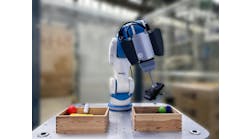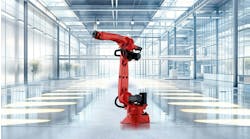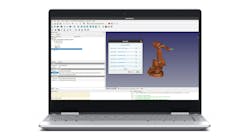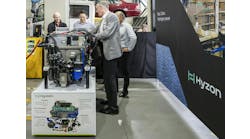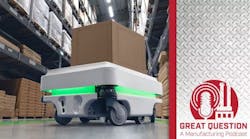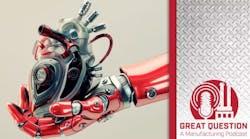The medical profession, like many other industries, is experiencing a technological renaissance. Advancements that were once only contained in the works of science fiction are steadily appearing in doctors’ offices, hospitals, and operating rooms across the world. Robotics and 3D printing are leading the charge, helping to treat and diagnose patients with various ailments. In this episode of Great Question: A Manufacturing Podcast, I explore the latest technological advancements that are reshaping healthcare as we know it.
Below is an excerpt from the podcast:
First up on our list is an extraordinary creation from the University of Waterloo, where researchers have pioneered a wound dressing tailored specifically for burn victims. Led by Dr. Boxin Zhao and his team, this 3D-printed dressing, crafted from advanced polymers, not only expedites the healing process but also offers much-needed pain relief. Imagine bandages that conform seamlessly to every contour, thanks to personalized 3D scanning, providing unparalleled comfort and efficacy.
Using 3D scanning, the researchers scan patients' faces and body parts to get customized data and then 3D-print a customized bandage shape according to each individual's specific needs. Doing so helps to ensure that the bandages adhere well to body parts such as the nose and fingers.
The bandage, made of intelligent materials known as hydrogels—developed by Dr. Zhao's team—creates a reusable bandage that easily adheres to the damaged skin and is easy to take off.
The advanced polymers the material is made out of include a biopolymer derived from seaweed that has thermal properties and cellulose nanocrystals. The thermal property lets the dressing warm on the skin and then gently lowers to room temperature, slightly shrinking over the area, making it easier and less painful to remove. The material can also expand when put into a chilled environment, such as a fridge.


